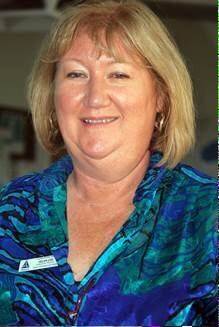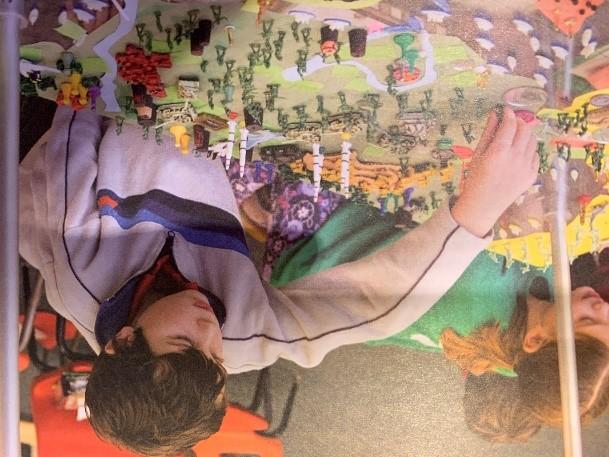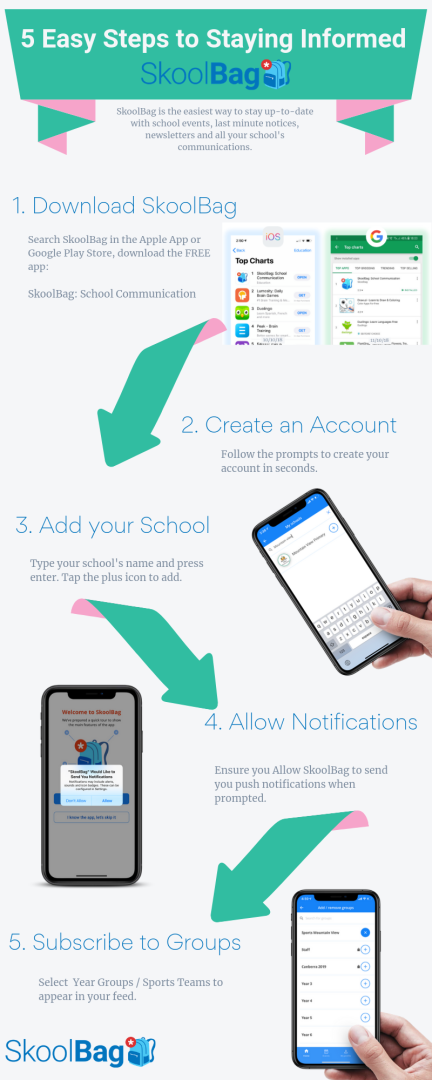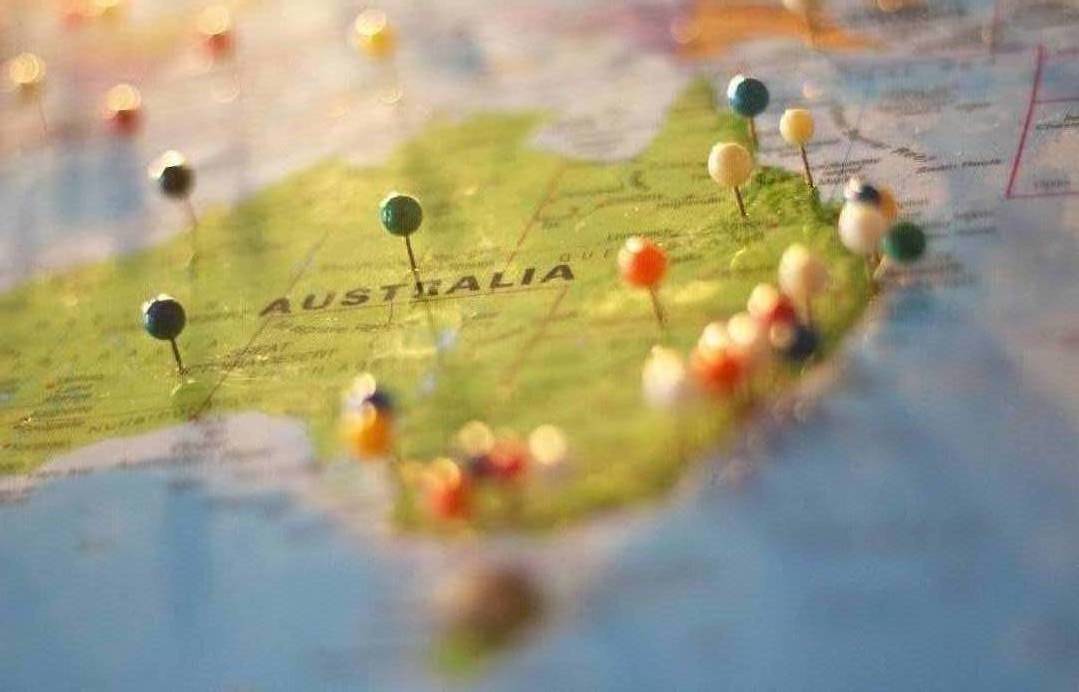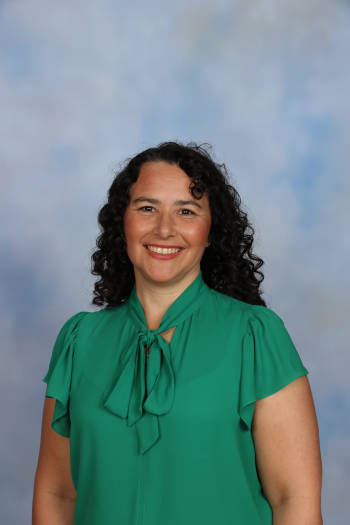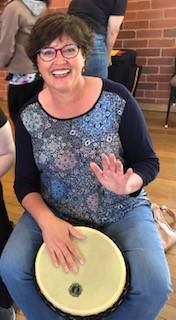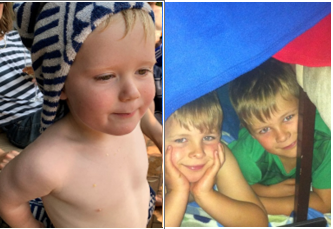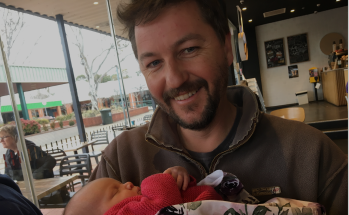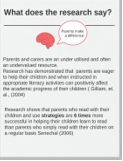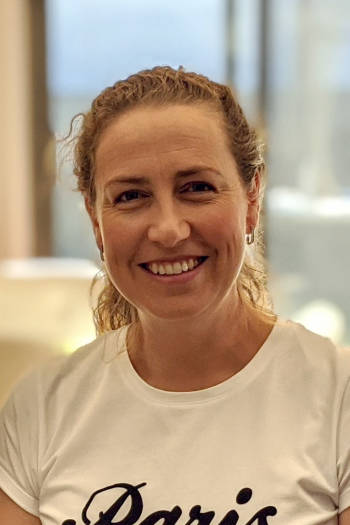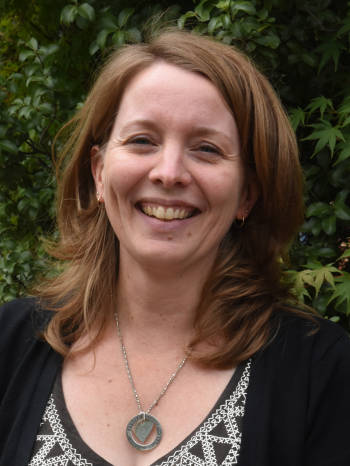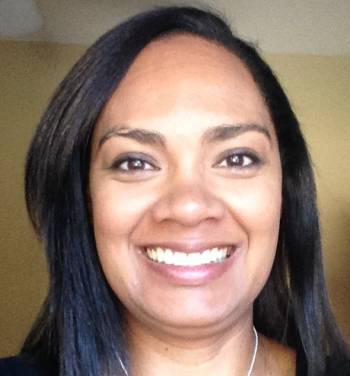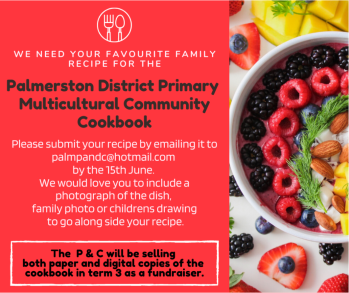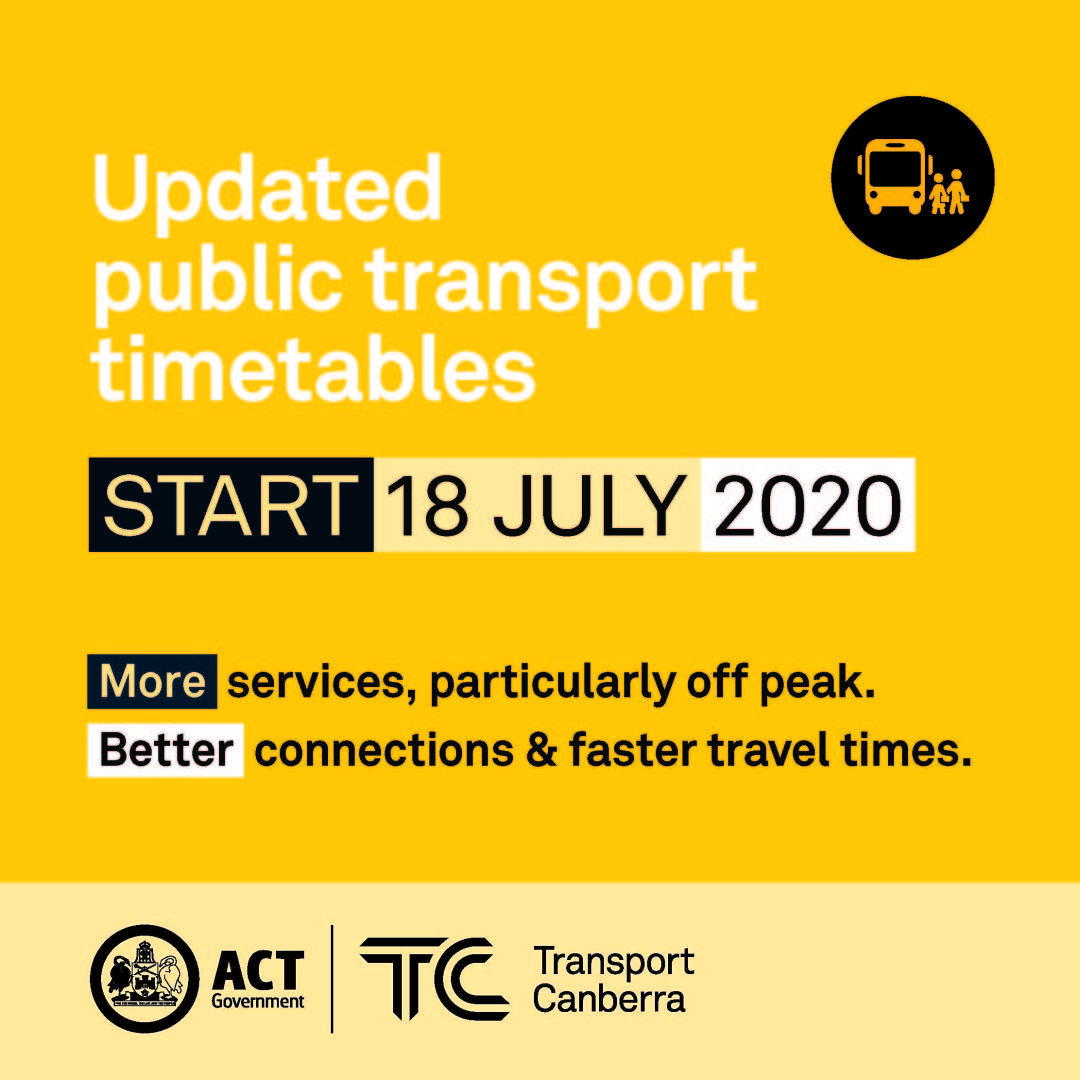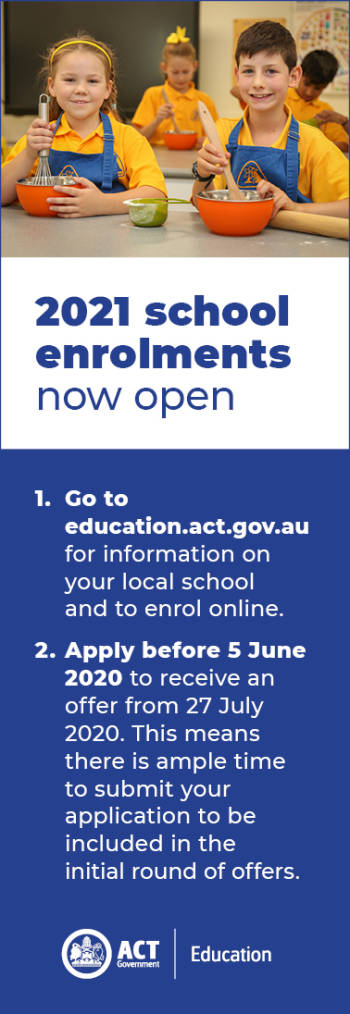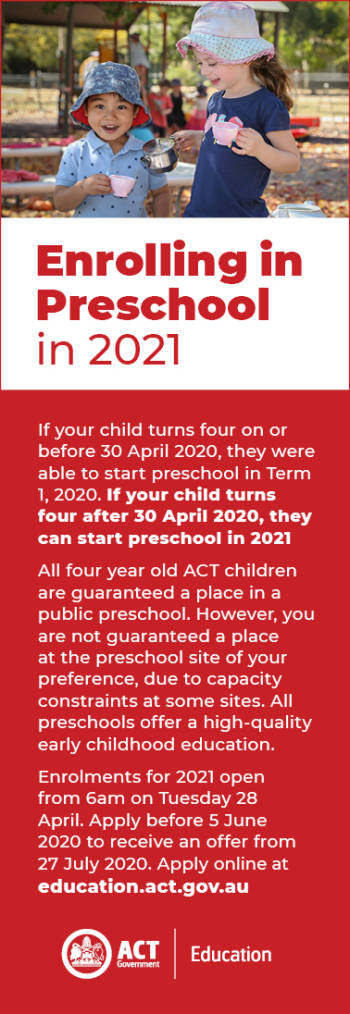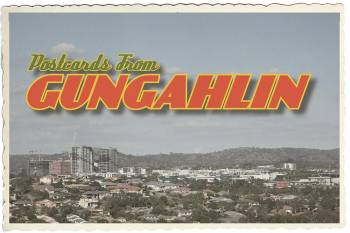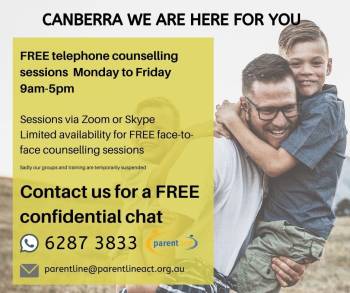World Peace and Other Fourth-Grade Achievements
I first became aware of John Hunter’s World Peace Game a few years ago, when I attended a national conference for gifted education in Sydney. In John Hunter’s classroom, after a brisk reading from Sun Tzu’s The Art of War, students fearlessly tackle global problems and discover surprising solutions by playing his World Peace Game. Students take on the roles of politicians, tribal leaders, diplomats, bankers, and military commanders. Through battles and negotiations, standoffs, and summits, they strive to resolve dozens of complex, seemingly intractable real-world challenges, from nuclear proliferation to tribal warfare, and financial collapse to climate change.
There is a World Bank, United Nations, arms dealers, a displaced tribe, and a multitude of random elements shaped by the Weather Goddess, a volatile stock market, and a chaos agent called the Saboteur, whose job is to covertly undermine convention and predictable connections so that everyone’s thinking is enhanced and deepened. The game is further spiked with ethnic and minority tensions, arms proliferation, resource disputes, famine, coups attempts and environmental problems. The goal of the game is to achieve global prosperity for all which, by the rules of the game, is defined as resolving the 50 interlocking crises and increasing the net asset value of each country, without military intervention, if possible.
Hunter’s philosophy is this:
‘Since no one in real life has yet invented a way to unite the planet in peace, my students have to invent their own unique strategies. There are plenty of rules in the World Peace Games, plenty of protocol and structure. But there is no predetermined solution; this the children must create themselves.’
Hunter, J. (2013). World peace and other 4th-grade achievements. New York: HMH Publishing Company. p.2.
Students learn quickly that war is not always easy to avoid and that, at times, military intervention might be a viable strategic alternative. Students learn that making decisions is conditional to the specifics of any situation at a given time. Strategic decision-makers must be flexible, adaptable, agile thinkers who understand the interdependence, complexity, and ambiguity of issues. Students who play this game learn that information must be contextualised and that right or wrong is not an absolute.
As Sun Tzu states,
‘To be certain of safety when defending, defend where the enemy cannot attack. Therefore, against those skilled in attack, the enemy does not know where to defend; against those skilled in defence, the enemy does not know where to attack. Subtle! Subtle! They become formless. Mysterious! Mysterious! They become soundless. Therefore, they are the masters of the enemy’s fate.’
World Peace and Other Fourth-Grade Achievements is inspiring and instructive as John Hunter leads students through frustration and failure, to new levels of knowledge, skill development, self-awareness, and connectedness as a class. We can see what is possible when a teacher re-imagines, re-thinks, and re-designs the learning in his or her classroom. It is an impactful launching point for productive learning conversations. John Hunter and the World Peace Game reveals how a wise, loving teacher can unleash students’ full potential.
[John Hunter’s TEDtalk (TED.com) was posted online in April of 2011. On December 26, 2011, John Hunter’s TEDtalk was selected by TED and the Huffington Post as the most influential idea of 2011.]
Helen Cox, Deputy Principal of Achievement and Potential.



